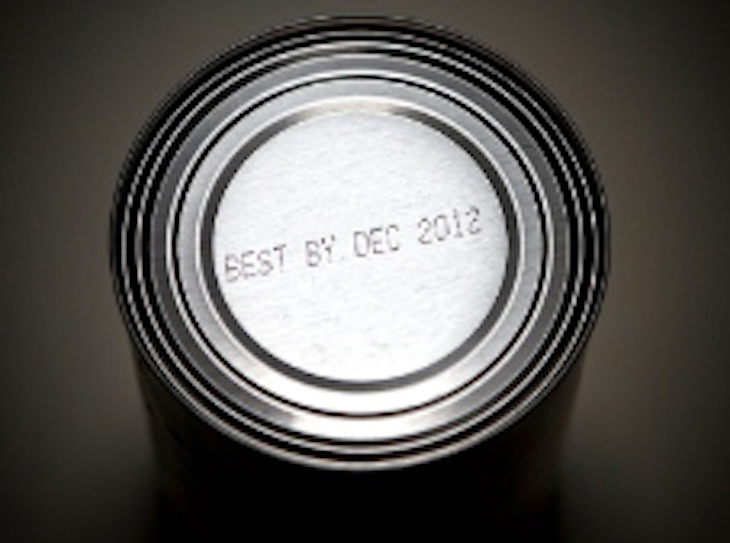The FDA is offering information on food waste and food safety, or what do you need to know about expiration dates? Most products have a “best by” or “best if used by” date stamped somewhere on the container. What do they mean? And can you eat a food that is past that date?

This information is important because food waste is a terrible problem in this country. For instance, 80% of our freshwater is used getting food on the table, along with half of our land. Organic waste, mostly food, is the second biggest component of landfills. And those landfills are the third largest source of methane emissions, a greenhouse gas. Since between 30 to 40% of food in the U.S. goes uneaten, we are discarding $165,000,000,000 in food every year.
Food waste and food safety are connected because there is confusion about food product dating, which accounts for about 20% of consumer food waste. Except for infant formula, manufacturers are not required to put quality-based date labels on packaged food. Those infant formula dates should be followed to the letter.
There are no “uniform or universally accepted descriptions used on food labels for open dating (calendar dates) in the United States,” according to the FDA. The FDA wants the food industry to use “Best If Used By” as the standard phrase. And that phrase only indicates best flavor and quality; it does not mean that the food is unsafe to eat after that date.
Industry is moving toward uniform practices for date labeling, but there are many different phrases used currently, including Sell By, Best By, Expires by, and so on. Meanwhile, pay attention to food recalls and throw away any food that is recalled for pathogen contamination or processing deviation.
Also be aware that while you should not eat foods that smell off or look strange, the major foodborne illness pathogens such as Salmonella that can make you really sick do not change the texture, appearance, smell, or taste of food. Storing food properly in the fridge and cooking it to safe final internal temperatures is the beat way to protect yourself against those pathogens.
To understand how long food will keep in the pantry, fridge, and freezer, you can use the FoodKeeper app, developed by the USDA, Cornell University, and the Food Marketing Institute that is a complete guide. Download it as a mobile application on your Android or Apple device.
In addition, you can avoid wasting food by avoiding impulse and bulk purchases, especially for foods that have a limited shelf life like produce and dairy. Be aware of how much food you throw away. Clean out your refrigerator more often so you can see the foods that should be consumed right away. And make sure that your fridge and freezer are set to correct temperatures: below 40°F for the refrigerator, and below 0°F for the freezer.




